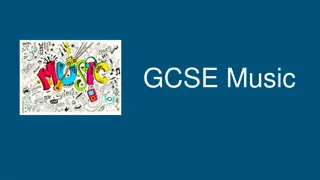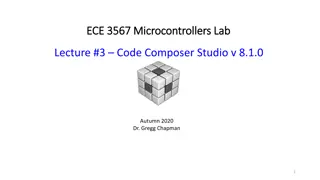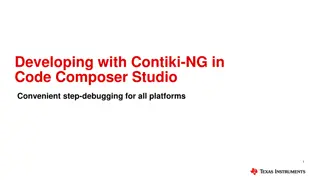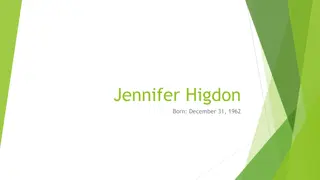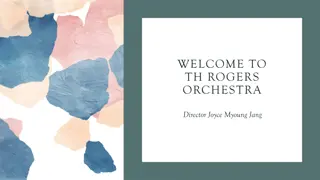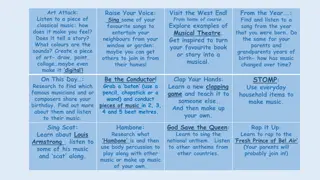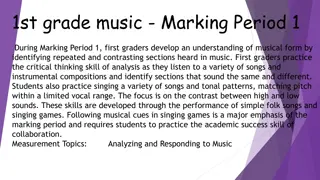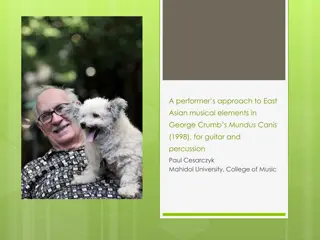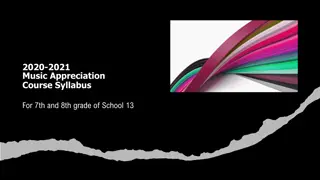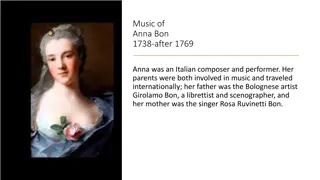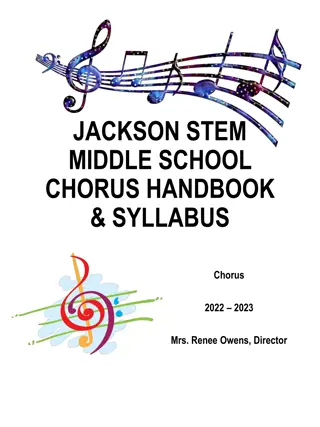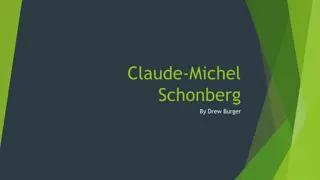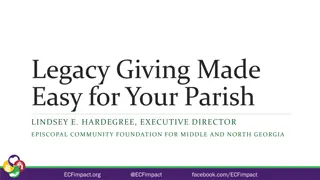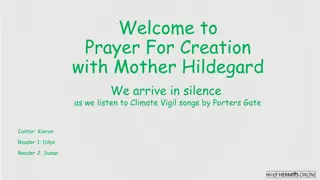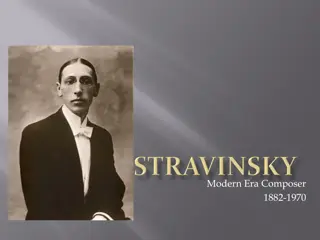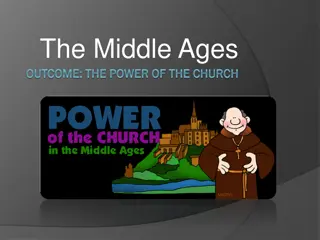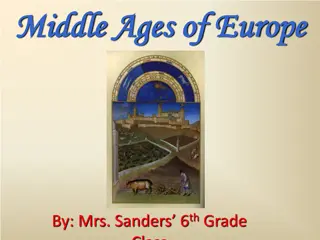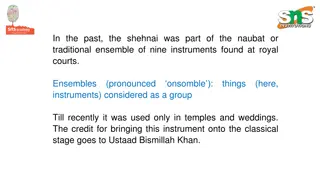The Musical Legacy of Hildegard von Bingen: First Named Composer of the Middle Ages
Hildegard von Bingen (1098-1179) was the pioneering composer of the middle ages, known for her monophonic music characterized by soaring melodies. Despite no formal training, she created a significant body of work, including 77 lyric poems set to music in Symphonia armonie celestium revelationum. Her influence extends to modern genres like metal and electronic music. Hildegard's music, synonymous with the divine, continues to inspire musicians and audiences worldwide.
Download Presentation

Please find below an Image/Link to download the presentation.
The content on the website is provided AS IS for your information and personal use only. It may not be sold, licensed, or shared on other websites without obtaining consent from the author. Download presentation by click this link. If you encounter any issues during the download, it is possible that the publisher has removed the file from their server.
E N D
Presentation Transcript
Hildegard von Bingen (1098-1179) Composer
Hildegard von Bingen was the first ever named composer. Although she had no musical training, she is considered the most prolific composer of the middle ages. Hildegard collected 77 of her lyric poems, each with a musical setting composed by her, in Symphonia armonie celestium revelationum. The songs from the Symphonia are set to Hildegard's own text and range from antiphons, hymns, and sequences, to responsories. Antiphon - (in traditional Western Christian liturgy) a short sentence sung recited or sung before or after a psalm (a sacred song or hymn) verse, originally by alternating choirs. Responsories an anthem or chant consisting of responses, recited or sung after a lesson in a church service.
Her music is monophonic, that is, consisting of exactly one melodic line. Its style has been said to be characterized by soaring melodies that can push the boundaries of traditional Gregorian chant, and to stand outside the normal practices of monophonic monastic chant. As with all medieval chant notation, Hildegard's music lacks any indication of tempo or rhythm. Gregorian chant (noun) - Gregorian chant first came to exist in the 9th and 10th centuries in Western and Central Europe, and were named after the Pope St. Gregory the Great (540-604 A.D). These chants are performed A Capella, without musical support, and sung in Latin. Latin had been the language in use throughout the Roman Catholic Church almost since its foundation.
Interest in Hildegard started to grow around the 800th anniversary of her death in 1979, when Philip Pickett and his New London Consort gave possibly the first English performances of four of Hildegard s songs. The first recorded album A Feather on the Breath of God won a Grammy in 1983 piqued people s curiosity about the author of these sensual, vivid, lyrical songs and went on to sell more than half a million copies.
Now there are hundreds of recordings of Hildegard s music, numerous biographies not to mention novels, popular histories, documentaries and websites hailing her as an early feminist and New Age guru. German composer Klaus Zundel shared disco remixes of her soaring monodies with Ibizan ravers in the late 1990s. Metal fans love her compositions and many 21st century music journalists cite the origins of metal as sitting within Hildegard s work.
Hildegard saw music as the ultimate connection with the divine. She tells us: There is the music of Heaven in all things. She is considered a patron saint of musicians and writers.


